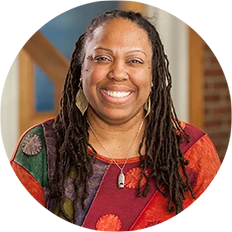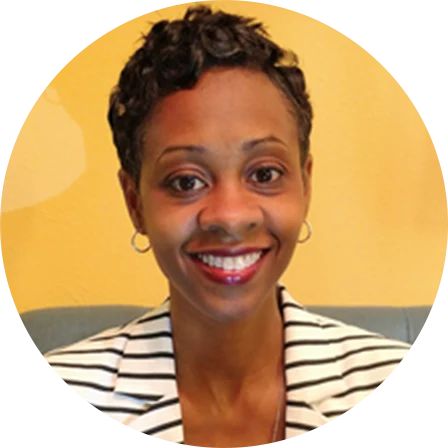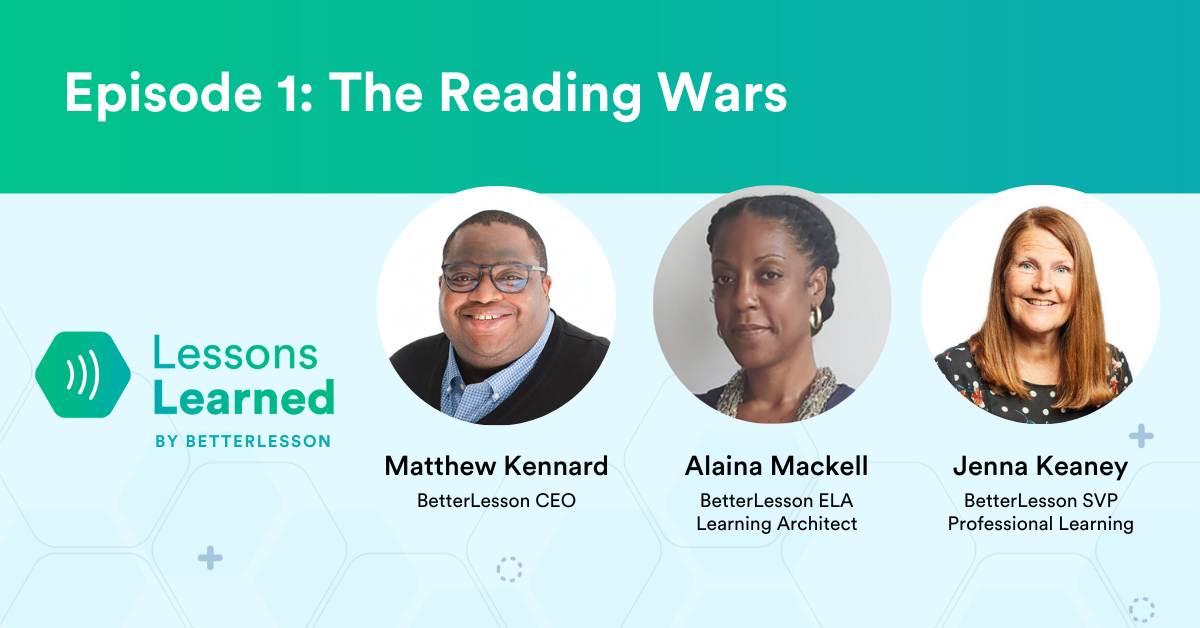Reading feeds the imagination. It expands horizons and offers new and exciting ways of seeing and making sense of our lives and the world around us.
Michael Morpurgo, authorMorpurgo’s quote represents what every teacher hopes will happen when he or she reads with students. Yet, educators are consistently seeking out new strategies to foster a love of reading in their students. Time Magazine reports that less than half of 17-year-olds read for pleasure only once or twice a year.
Because we thought it was important to have student voice guide our research about reading, we asked students at the elementary, middle, and high school level why they don’t like to read. We were told that reading is boring, that characters are not relatable, that books about people of color are often depressing, and that if there is no reward attached to reading, technology is preferred over books. This is what our teacher ears heard: students want books that are relatable, empowering, and fun to read just for the sake of reading. One thing that we know to be true is that reading has to happen in all content areas. Therefore, we wanted this post to offer strategies for diversifying reading across the curriculum.
Windows and Mirrors
At a recent Facing History and Ourselves forum, Beverly Daniel Tatum (author of Why Are All the Black Kids Sitting Together in the Cafeteria? And Other Conversations about Race and former president of Spelman College) asked, “When a group picture is taken, what is the first thing you look for when you see the picture?” The participants all responded, “Myself.” The same is true for the students in our classrooms. They want to see their identities reflected in the content they explore in school.
In all content areas, it’s essential that teachers provide students with the opportunity to see themselves reflected (their interests, experiences, communities, cultures, history), and to be given a window into the interests, experiences, communities, cultures and history of others and where they all intersect. This is where the framework of windows and mirrors can be helpful. When the content includes diverse perspectives, we provide students with a complete picture of the reality of the world we live in.
Resistance (reasons for it and how to overcome it)
Change is rarely easy, especially when both time and resources are limited, so it is necessary to acknowledge that changing the curriculum, even to improve it, might be met with some reluctance or resistance by colleagues or administrators. It is important that before we make any change, we think about how much autonomy we have as educators to make those changes. Do we have complete control over the literature we teach? Do we have no say in what we read? Do we fall somewhere in the middle? Here are some examples of resistance and some ideas to overcome them.
There is not enough space in the curriculum.
Standards and testing can eat up a significant amount of preparation time for teachers, and adding something new to read can feel virtually impossible. However, there is no rule that says that everything we read must be novel length. If there is already a set curriculum, we have to think about whether we are providing students with a healthy balance of windows and mirrors. That balance could be achieved by bringing in shorter pieces to compliment longer ones. Poems, articles, short stories, and podcast transcripts that provide students with different perspectives can offer students a more complete picture of themes they are studying.
There is a very limited budget.
Thankfully, the internet provides countless free resources. If the school has already spent money on a set of novels, those novels could be balanced with shorter pieces that can be found with a simple Google search. You can also explore open online resources like the Strategic Education Research Partnership’s interdisciplinary units, Newsela text sets, and blogs, videos and articles for additional ideas.
Diversifying the curriculum could remove the classics.
Classics are important and should be taught. Diversifying the cannon does not mean that we throw out the classics completely. This article labels some classics as “overrated,” but the author does a good job of providing alternative reads that provide differing perspectives. When the classics are rooted deep within the curriculum, the pairing process mentioned above can be used. A teacher who is teaching The Grapes of Wrath could pair it with Countee Cullen’s poem “Any Human to Another” and compare the human interaction and suffering mentioned in that poem to that of the novel’s characters. Pairing possibilities are endless.
There is not time for teachers to search for companion pieces to the current curriculum.
Fortunately for educators who want to engage in this work, there are resources and book lists created by other educators who want to make diversifying the curriculum an easier process. NNSTOY’s Social Justice Booklist breaks down titles by grade level. Commonlit.org provides a wealth of literary resources as well. It is also easy to use Google to search for specific themes such as “poems about journeys.” Perhaps one of those could be paired with your students’ reading of The Grapes of Wrath. Bookmark great resources, and allow them and general searches to save you the time you don’t have.
Getting Started
The thought of overhauling the reading curriculum to ensure that it is inclusive can feel overwhelming. Here are some tips that can help to successfully integrate the content you explore with your students:
Involve your students and their families.
When incorporating mirrors in our content, it’s important that teachers involve students and their families when identifying those mirrors to avoid stereotyping. Resources like Flocabulary and Hip-Hop Poetry and the Classics are great for including ways of learning that resonate with many students. Not all Black and Brown students enjoy Hip-Hop, for example, and students and their families are the experts when it comes to students’ interests and experiences.
Take it one step at a time.
Notice gaps in your curriculum, and then start with a focus on changing one reading passage per standard, one book per genre, or expanding on one social studies topic per chapter in the student textbook (or when engaging in interdisciplinary and/or project based learning, one set of problems for each math concept, or one science concept). Keep doing the same thing each time you transition to a new standard, genre, concept or topic, and before you know it, your curriculum will be dynamic and inclusive.
Identify collaborators.
You don’t need to do this work alone. Identify other educators at your grade level or in your school who are also committed to integrating the curriculum and share resources as you expand your curriculum. Your school librarian may have some great suggestions about books to read with your students, and your students’ families can recommend and share books as well.
Download the Required Reading Reconsidered resource list.
Download Now








